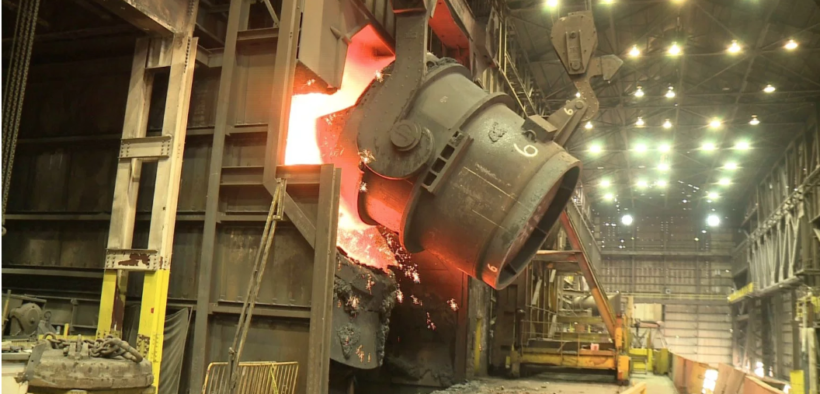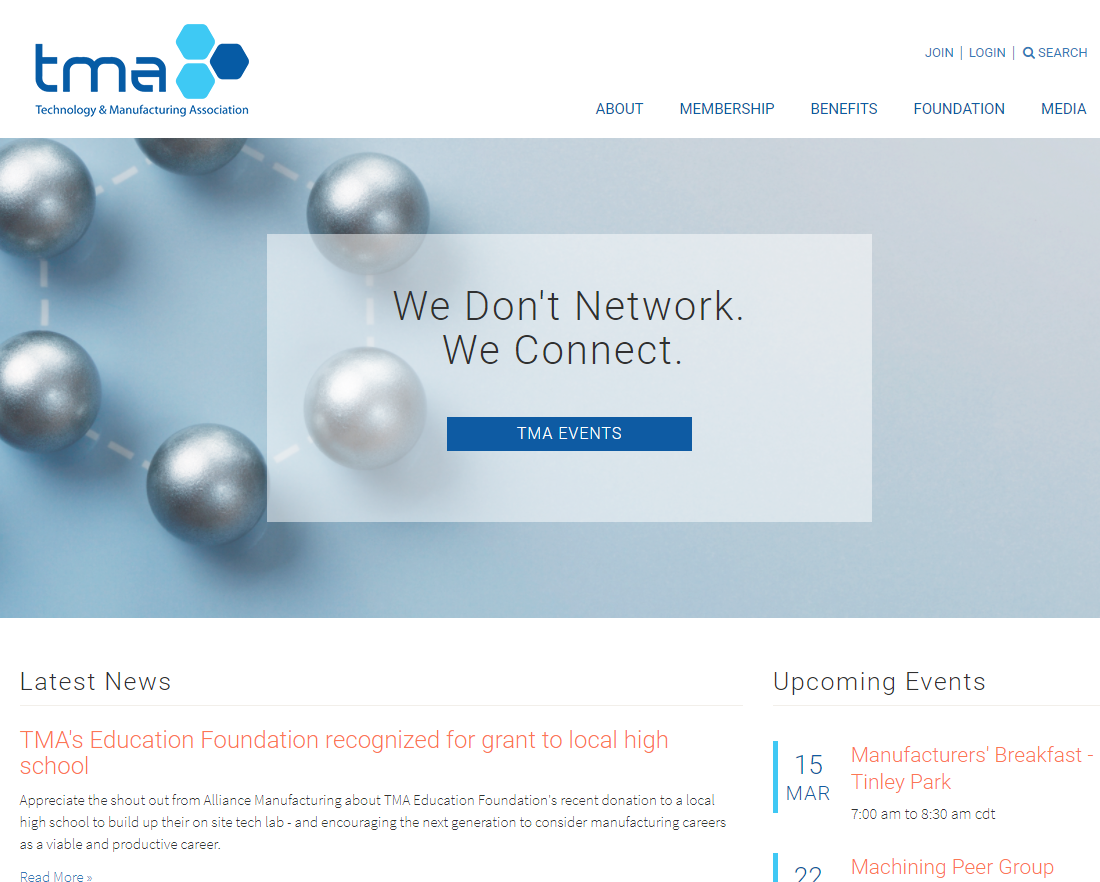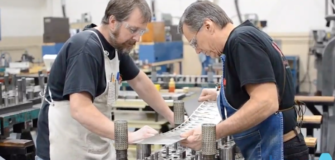New report shows steel tariffs working well for US steelmakers
Share

A report released by the Economic Policy Institute says the Section 232 tariffs on aluminum and steel initiated earlier this year seem to be working as trade advocates predicted.
Last week’s report says specifically:
- U.S. primary aluminum production is projected to increase by 67 percent (500,000 tons per year) between 2017 and the end of 2018. Three smelters are being restarted, and another has announced a capacity expansion. Seven smelters in total will be in operation by the end of 2018. These restart and expansion projects will create over 1,000 new jobs and generate over $100 million in new investment.
- Since Section 232 tariffs were imposed, 22 new and expansion projects have been announced in downstream aluminum industries producing extruded (rod and bar, pipe and tube, and extruded shapes) and rolled (sheet and plate) products. These new and expanded facilities will employ over 2,000 additional workers, generate $3.3 billion in new investments, and add nearly 1,000,000 tons of annual rolling and extrusion capacity to the downstream, domestic aluminum industry.
- In the year-to-date period of January through October 2018 (compared with the same period in 2017), shipments of all extruded products are up 6.3 percent (279.8 million pounds), and total sheet and plate shipments have increased by 4.6 percent (336.4 million pounds). Those figures are for total North American shipments (including the United States and Canada). Industrial production data show that these trends are even stronger in the United States.
- The Federal Reserve’s industrial production data provide estimates of real output, based on measures of physical output, or (where output data are not available), total production-worker hours, by industry. U.S. output of raw alumina and refined & processed aluminum increased 9.8 percent between February 2018 (before tariffs were imposed) and October 2018 (data are for the four-digit North American Industry Classification—NAICS—code 3313). Output of rolled and extruded aluminum products increased 9.1 percent from February to September 2018. Therefore, domestic (U.S.) producers appeared to outperform continental production for the U.S. and Canada, referred to above.
- To date (February through October 2018), U.S. employment in the aluminum industries (primary and downstream) has increased slightly (by 300 jobs) since the tariffs were imposed. Aluminum production is highly capital-intensive, and restarting closed facilities is a costly and time-consuming process. Planned restarts and capacity expansions in both primary aluminum and downstream rolling and extruding mills will create more than 3,000 jobs.
When the tariffs on steel and aluminum imports were imposed, critics claimed that while they would save thousands of jobs in primary metals industries, hundreds of thousands of jobs would be eliminated in the rest of the economy. These critics referenced a 2018 study by the Trade Partnership.
“I said at the time that the Trade Partnership forecast was wildly exaggerated and that the impacts of the tariffs would be quite minor,” the author, Robert E. Scott says.
This report demonstrates that, to date, there is no evidence of the negative downstream effects claimed in the Trade Partnership study to be found anywhere in the U.S. economy.
In total, the U.S. manufacturing sector has added approximately 176,000 jobs (including 2,700 in iron and steel production) since February 2018, the month before the tariffs took effect.5 In the rest of the economy, approximately 1.4 million jobs have been created in this same period.
Looking more specifically at the industries aluminum producers supply, there remains no evidence that the imposition of tariffs on aluminum (or steel) have had the kinds of negative employment impacts—in downstream manufacturing or other parts of the economy—that were predicted by critics of aluminum tariffs.
Read the rest of the Economic Policy Institute’s report HERE.




